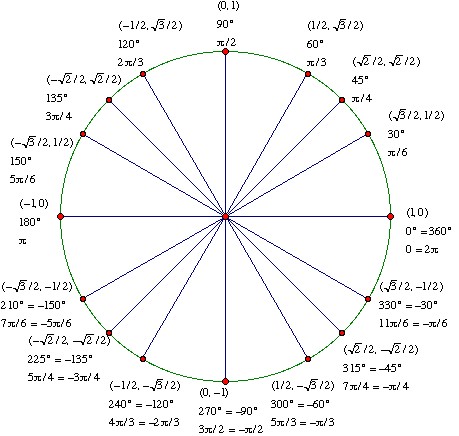Answer to Question 1
Correct Answer: 1,2
Rationale 1: Loop diuretics are often given to treat the hypervolemia that accompanies renal failure.
Rationale 2: Thiazide diuretics are often given to treat the hypervolemia that accompanies renal failure.
Rationale 3: Epoetin alfa (Procrit) is used to treat anemia, not hypervolemia, associated with renal failure.
Rationale 4: Polystyrene sulfate (Kayexalate) is used to treat hyperkalemia, not hypervolemia, associated with renal failure.
Rationale 5: Sodium bicarbonate is used to treat the acidosis, not hypervolemia, associated with renal failure.
Global Rationale: Loop and thiazide diuretics are often given to treat the hypervolemia that accompanies renal failure. Epoetin alfa (Procrit) is used to treat anemia, not hypervolemia, associated with renal failure. Polystyrene sulfate (Kayexalate) is used to treat hyperkalemia, not hypervolemia, associated with renal failure. Sodium bicarbonate is used to treat the acidosis, not hypervolemia, associated with renal failure.
Answer to Question 2
Correct Answer: 3,4
Rationale 1: These manifestations could be caused by nonrenal pathology, and there is no evidence of indications for diuretic therapy.
Rationale 2: Visual and auditory hallucinations could be caused by nonrenal pathology, and there is no evidence of indications for diuretic therapy.
Rationale 3: Hypertension is an indication for diuretic therapy.
Rationale 4: These are signs of renal failure and edema, which are indications for diuretic therapy.
Rationale 5: Pinpoint pupils and extreme paranoia could be caused by nonrenal pathology. There is no evidence of indications for diuretic therapy.
Global Rationale: Hypertension is an indication for diuretic therapy. Generalized edema and decreased urine output are signs of renal failure and indicate the need for diuretic therapy. The other clinical manifestations are typically caused by nonrenal pathology and do not indicate the need for diuretic therapy.






